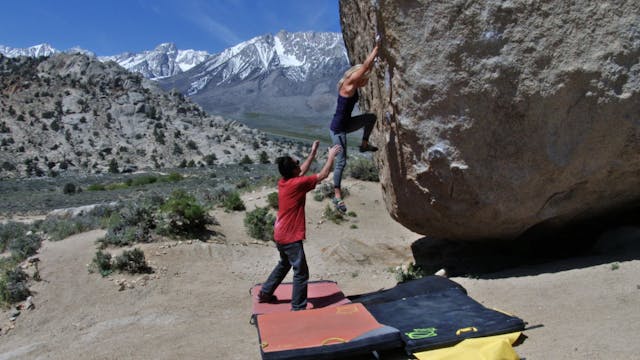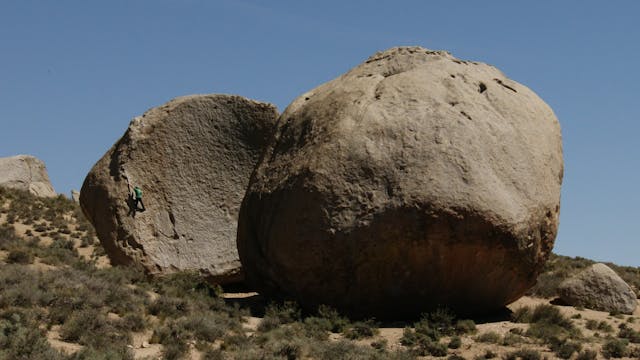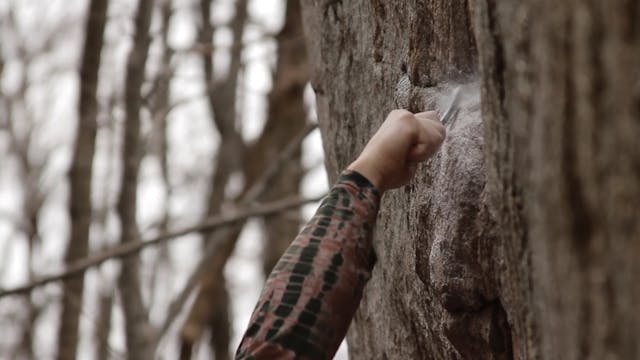Bouldering: 2. Leveling Pads
Bouldering
•
58s
Let us take a closer look at leveling pads while bouldering.
We touched on this in a previous video, but we wish to reiterate how important it is to make sure there are never gaps between pads. Falling and landing between pads leads to serious injury.
Always be sure to line pads alongside one another. You can also stack pads to create a greater safety cushion beneath the fall zone. Some boulderers even use seam sealer pads to fill in gaps.
We hope you found this video helpful. Feel free to comment below with questions or thoughts!
Please remember, climbing is inherently dangerous. Climb at your own risk.
Up Next in Bouldering
-
Bouldering: 1. Crash Pads
Crash Pads are an important tool, and useful in risk assessment.
A few factors to consider when using crash pads:
1. Which landing areas need padding?
2. Will the pad’s location disturb plants or animals around the boulder?
3. Is one crash pad enough protection, or will you need to “s...
-
Bouldering: 4. Risk Assessment
Bouldering, while not as high in the air as other types of climbing, is no less dangerous.
Most common outdoor climbing injuries stem from boulder falls. Give extra consideration to your surroundings when bouldering.
Below are a few things to consider when assessing the risks of each boulde...
-
Bouldering: 5. Brushing Holds
Whether climbing outdoors or indoors, brushing excessive chalk off the holds is typically a smart idea. The more chalk on a hold, the less friction you have with the stone or the plastic.
Below are a few things to consider when brushing holds:
1. Plastic bristles can wear down the natur...


